Criteria ii, iii, iv Extensions 2006 UNESCO World Heritage Site inscription 2004 | Type Cultural Reference 724 Extension 2006 | |
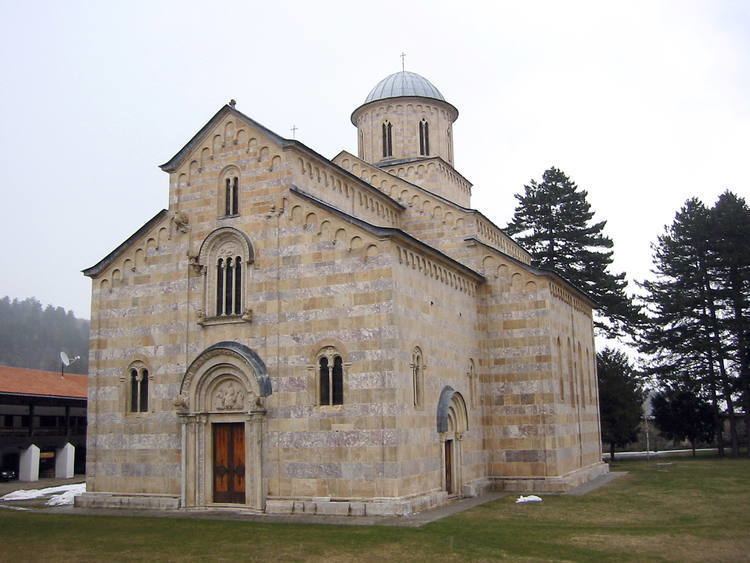 | ||
UNESCO region Europe and North America Similar Our Lady of Ljeviš, Patriarchate of Peć, Visoki Dečani, Stari Ras, Sopoćani | ||
Medieval monuments in kosovo unesco nhk
The Medieval Monuments in Kosovo are a World Heritage Site consisting of four Serbian Orthodox Christian churches and monasteries which represent the fusion of the eastern Orthodox Byzantine and the western Romanesque ecclesiastical architecture to form the Palaiologian Renaissance style. The construction was founded by members of Nemanjić dynasty, the most important dynasty of Serbia in the Middle Ages. The sites are located in the disputed territory of Kosovo.
Contents

In 2004, UNESCO recognized the Dečani monastery for its outstanding universal value. Two years later, the site of patrimony was extended as a serial nomination, to include three other religious monuments: Patriarchate of Peć, Our Lady of Ljeviš and Gračanica monastery.

In 2006 the property was inscribed on the List of World Heritage in Danger due to difficulties in its management and conservation stemming from the region's political instability.
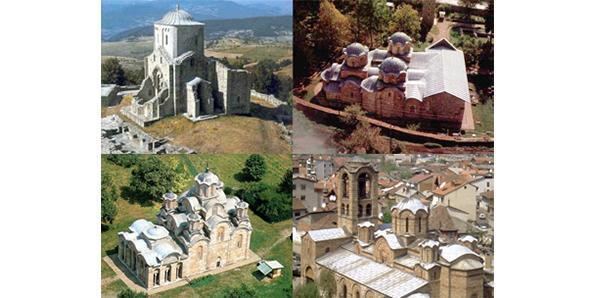
UNESCO controversy
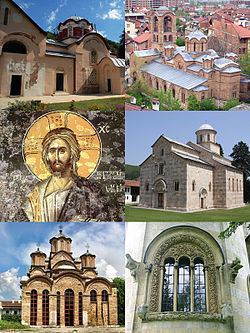
There is an ongoing controversy over Kosovo's bid to join the UNESCO, which would result in the sites being listed as part of Kosovo and not Serbia. These monuments have come under attack, especially during the ethnic violence in 2004, during Kosovo's UNMIK rule, when the Our Lady of Ljeviš was heavily damaged. In October 2015 Kosovo was recommended for membership by the UNESCO Executive Board. The bid for membership was voted at the UNESCO General Conference in November 2015.
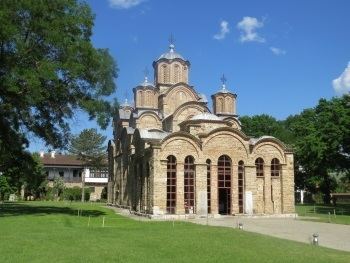
Tomislav Nikolić, President of Serbia, posted at his YouTube channel a video about the destruction of churches and attacks on monuments.
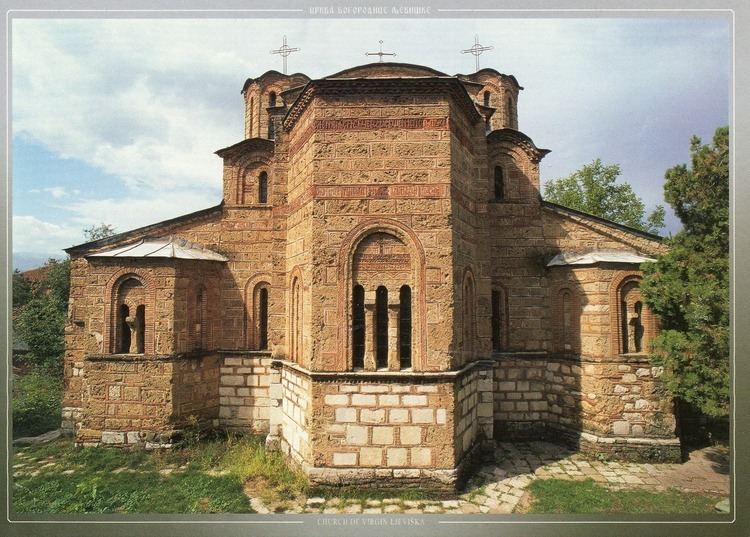
Isa Mustafa, Prime Minister of Kosovo stressed "the positive campaign that Kosovo is leading" for its UNESCO bid. He condemned the Serbian leadership for their "string of unimaginable attacks that have nothing to do with the truth." Mr. Mustafa also underscored that the Serbian Orthodox Church in Kosovo will continue to enjoy "the protection and retain[s] rights, privileges and immunity" and that Kosovo had given "international guarantees" for that.
UNESCO has not accepted Kosovo as a member, the proposal failed to gain a two-thirds majority at the organization's General Conference in Paris on November 9, 2015. One of primary reasons for this rejection of Albanian request is 2004 unrest in Kosovo, when 35 Orthodox churches were desecrated, damaged or destroyed, including Our Lady of Ljeviš which is a World Heritage Site. The church is subject to constant looting - even of its construction material, specifically valuable lead has repeatedly been stolen from the roof.
